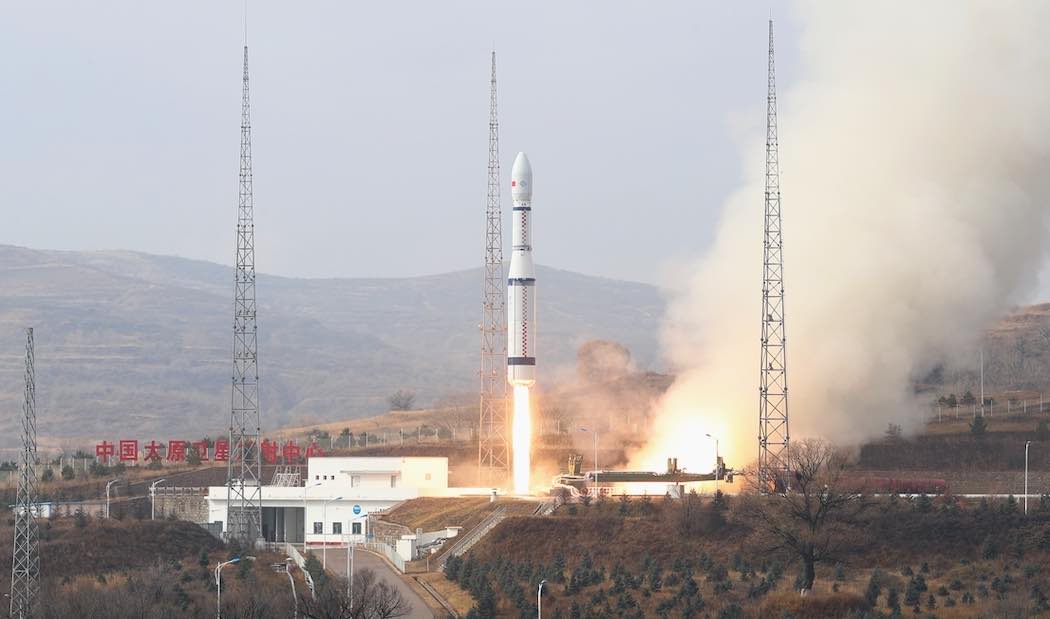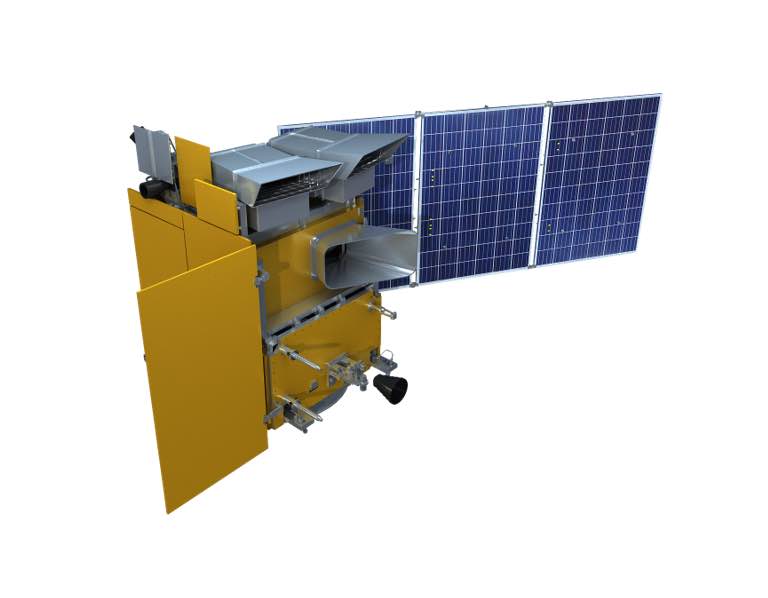Space News & Blog Articles
China launches Earth observation satellite to support sustainable development
 A Chinese Long March 6 rocket blasts off from the Taiyuan launch base with the SDGSAT 1 satellite. Credit: CASC
A Chinese Long March 6 rocket blasts off from the Taiyuan launch base with the SDGSAT 1 satellite. Credit: CASC
An Earth observation spacecraft developed by the Chinese Academy of Sciences launched Thursday on top of a Long March 6 rocket, beginning a mission Chinese officials said is dedicated to supporting the UN’s 2030 Agenda for Sustainable Development.
The SDGSAT 1 spacecraft launched at 10:19 p.m. EDT Thursday (0219 GMT Friday) from the Taiyuan space center in northern China’s Shanxi province.
The 95-foot-tall (29-meter) launcher took off at 10:19 a.m. Beijing time Friday and steered on a trajectory heading south from Taiyuan, aiming for a polar orbit. U.S. military tracking data indicated the Long March 6 rocket placed its payload into a near-circular orbit 315 miles (508 kilometers) above Earth, with an inclination of 97.5 degrees to the equator.
The Chinese Academy of Sciences said in a statement that the SDGSAT 1 mission was “customized” for the UN’s 2030 Agenda of Sustainable Development, which set 17 sustainable development goals and 169 targets when UN member states adopted the program in 2015.
The UN described the agenda as a “plan of action for people, planet and prosperity.”
SDGSAT 1 carries three Earth viewing instruments: One operating in thermal infrared bands, a low-light level sensor, and a color multispectral camera. The instruments will help scientists monitor energy consumption, human settlement patterns, and coastal environments, with an emphasis on capturing data on the interaction between humans and nature.
These parameters, all associated with human activity, are indicators of sustainable development, according to the Chinese Academy of Sciences.
 Artist’s illustration of the SDGSAT 1 satellite. Credit: Chinese Academy of Sciences
Artist’s illustration of the SDGSAT 1 satellite. Credit: Chinese Academy of Sciences
SDGSAT 1 will fill data gaps and improve monitoring of sustainable development indicators with better resolution and more timely imaging, according to Guo Huadong, director of China’s International Research Center of Big Data for Sustainable Development Goals.
The spacecraft’s instruments will capture images with swaths as wide as 180 miles (300 kilometers), giving the satellite a wide field of view that enables global coverage every 11 days.
The launch of the SDGSAT 1 satellite Friday marked the 100th successful orbital launch this year from locations around the world. It was the 42nd orbital launch attempt by a Chinese rocket in 2021. Forty of the Chinese launches this year have successfully reached orbit, more than any other nation.
This email address is being protected from spambots. You need JavaScript enabled to view it. the author.
Follow Stephen Clark on Twitter: @StephenClark1.
When you subscribe to the SpaceZE News Feed, we will send you an e-mail when there are new updates on the site so you wouldn't miss them.

